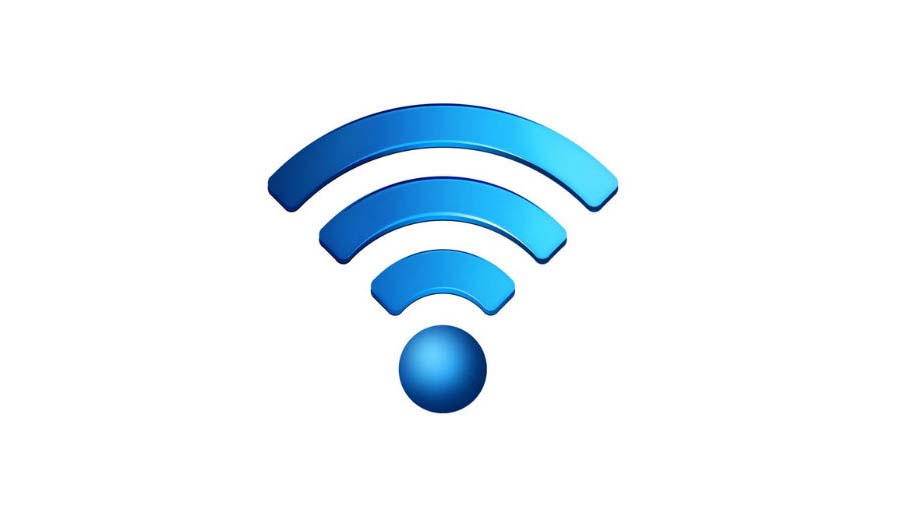NCTA Endorses FCC's 5.9 GHz Split Decision
Head pushed for shared 75, but will take divvying it up 45/35

Cable operators are OK with the "divide and conquer" approach to the 5.9 GHz band.
NCTA-The Internet & Television Association has expressed its strong support for the FCC's proposal for freeing up spectrum in the band for Wi-Fi. That came in a Webex meeting with a legal advisor to FCC commissioner Brendan Carr Friday (Nov. 6).
FCC chairman Ajit Pai two weeks ago circulated draft rules that would free up the majority (the lower 45 MHz) of the 5.9 GHz band for wireless broadband while transitioning the remaining upper 30 MHz to the latest iteration of Intelligent transport system (ITS) vehicle-to-vehicle (V2V) communications and cellular vehicle-to-everything (C-V2X) technology.
V2V has had licensed claim to the entire band, but the FCC concluded 35 MHz would suffice and that Wi-Fi could live side-by-side with V2V, something auto makers have said was not the case.
NCTA had pushed for allowing the entire 75 MHz to be shared with V2V, but told the FCC last week it strongly supported the split band approach, which is called "a good compromise that is a win for American Wi-Fi and automotive consumers."
It also strongly supported the FCC's conclusion that ITS needs no more than 30 MHz of dedicated spectrum to support its safety operations and its assertion that the order's technical rules will "fully protect" incumbents in that 30 MHZ from interference.
NCTA did offer some tweaks to the draft order, including clarifying that Wi-Fi range extenders can operate at the maximum power levels as other Wi-Fi access points and to eliminate what it said was an overly protective approach to the "solid set" of technical rules that will prevent any interference to incumbents transitioning out of the lower 45 MHz.
The smarter way to stay on top of the multichannel video marketplace. Sign up below.
Contributing editor John Eggerton has been an editor and/or writer on media regulation, legislation and policy for over four decades, including covering the FCC, FTC, Congress, the major media trade associations, and the federal courts. In addition to Multichannel News and Broadcasting + Cable, his work has appeared in Radio World, TV Technology, TV Fax, This Week in Consumer Electronics, Variety and the Encyclopedia Britannica.

